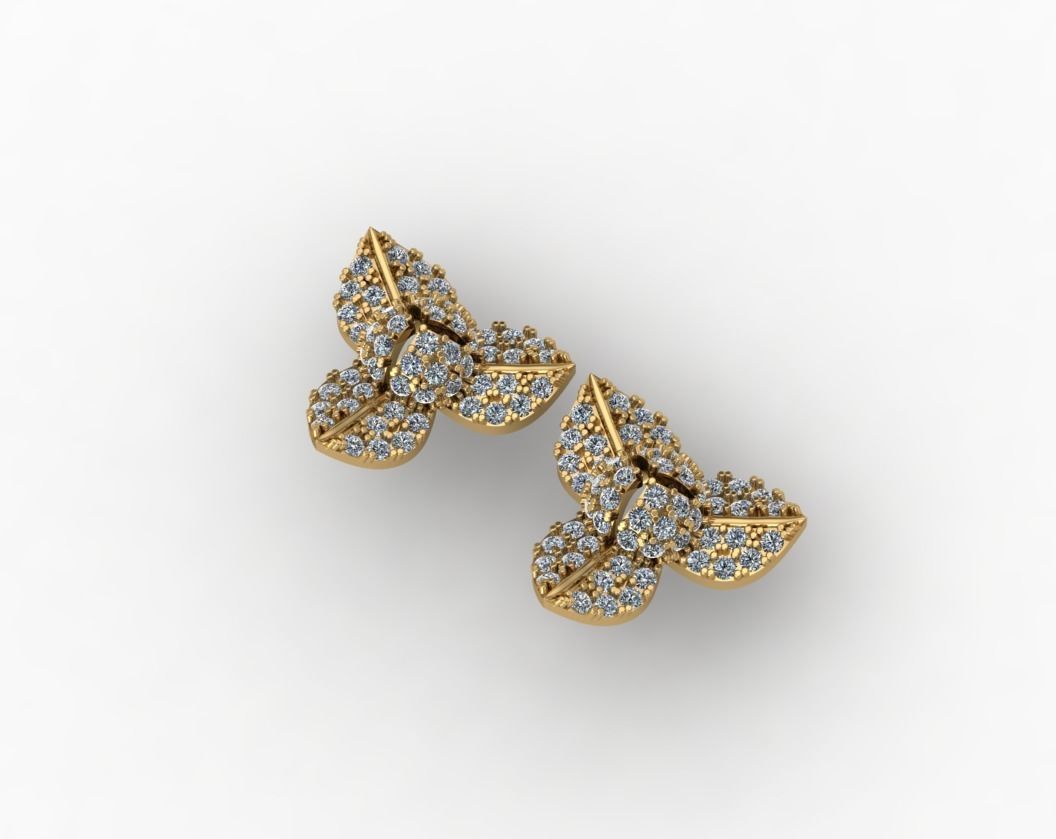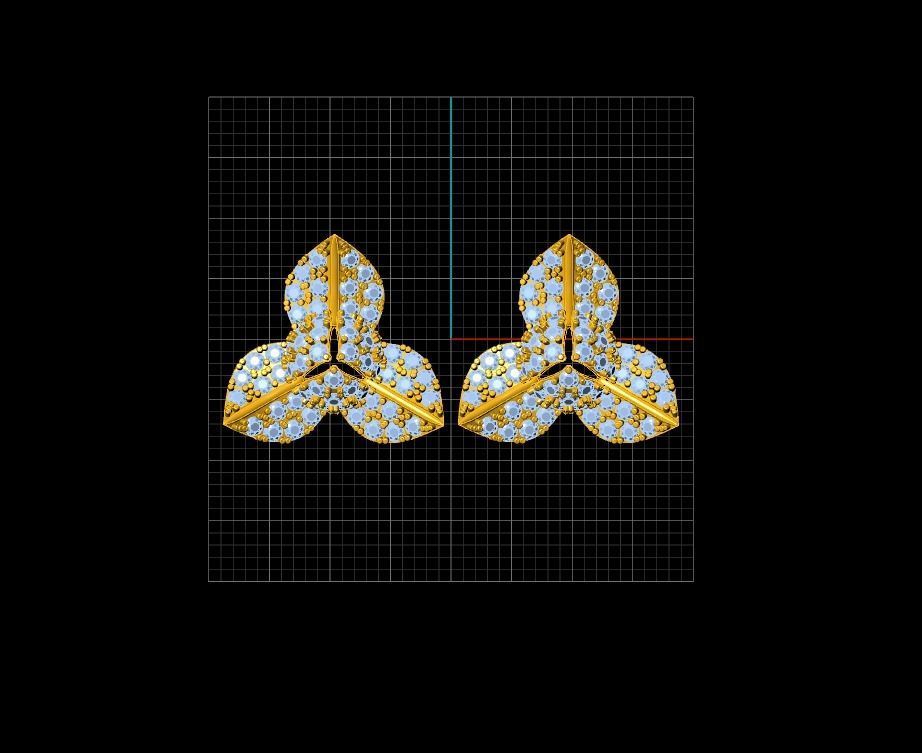
Chompa 3D print model
Plumeria (/pluːˈmɛriə/), also known as frangipani, is a genus of flowering plants in the subfamily Rauvolfioideae, of the family Apocynaceae.[1] Most species are deciduous shrubs or small trees. The species are native to the Neotropical realm (in Mexico, Central America, and the Caribbean, and as far south as Brazil and as far north as Florida in the United States), but are often grown as cosmopolitan ornamentals in tropical regions, especially in Hawaii, as well as hot desert climates in the Arabian Peninsula with proper irrigation.[2][3]
NamesThe genus Plumeria is named in honour of 17th-century French botanist and Catholic monk Charles Plumier, who traveled to the New World documenting many plant and animal species.[4] Plumeria is also used as a common name, especially in horticultural circles.[5]
The name frangipani comes from a fictional 16th-century marquis of the noble Frangipani family in Italy, who created a synthetic plumeria-like perfume.[6][7] Common names for plants in the genus vary widely according to region, variety, and whim, but frangipani or variations on that theme are the most common.[5]
In eastern India and Bangladesh, plumeria is traditionally considered as a variety of the champak flower, the golok chapa, meaning the champaka that resides in the heavenly home of Sri Krishna, a Hindu god at the highest realm of heaven. The flower, considered sacred, is also known by the names gulancha and kath golap (literally, wood rose).[citation needed]




